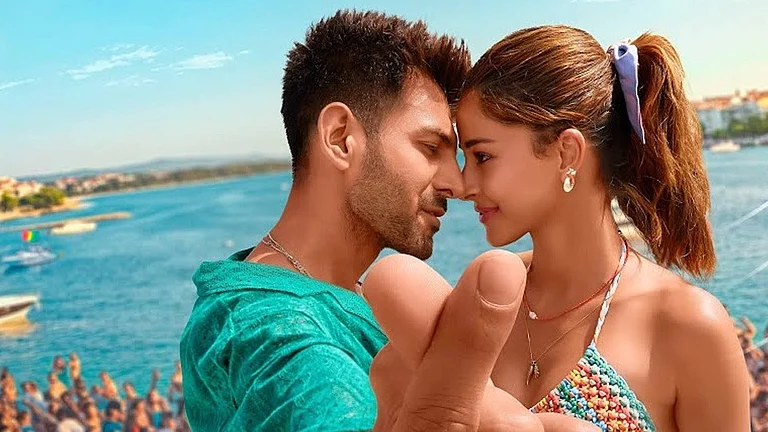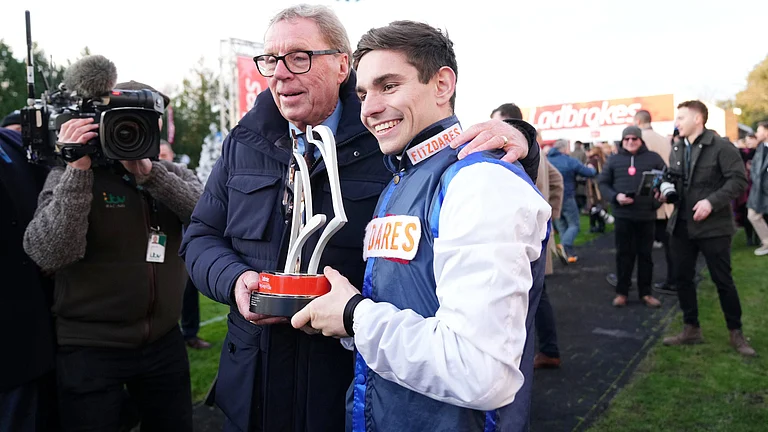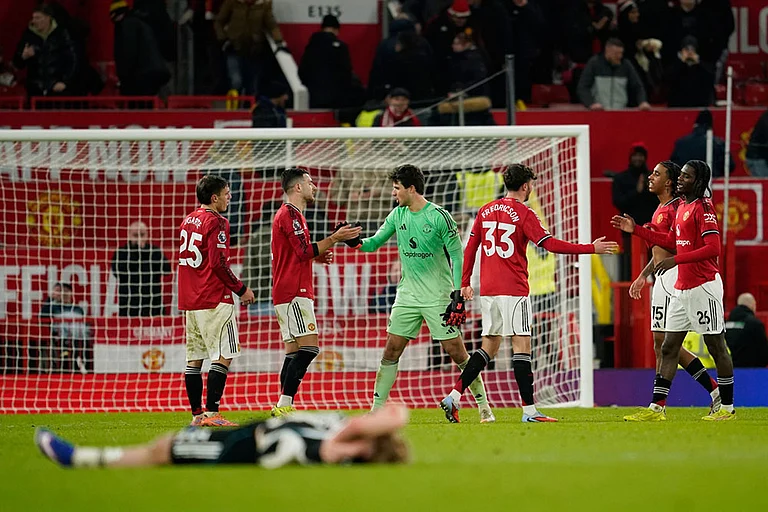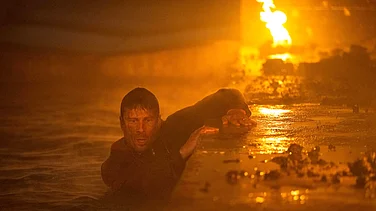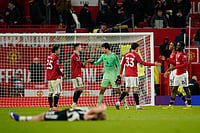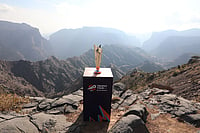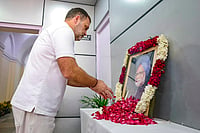It might come as a surprise to some of you who engage with my work otherwise, and especially have in the past few years, that there was a time I was not ‘Dalit-Queer.’ Of course, I was always aware that my father comes from a formerly untouchable caste and a certificate was availed for the purposes of my higher education.
“Not that you’ll need it (caste certificate)” was the common understanding projected onto me by my near ones. Back then, I didn’t know to separate merit from validation. As for the queer bit, I am sure people who grow up in similar kinds of isolated environments would understand—that there was no language for it?!
Until my late teens, I didn’t know any queer person my age, and I would struggle to access intimacy outside shame and scorn for years. Growing up, the only times we used to see some Queer representation was when news media showed people in masks once a year in marches called Pride, which seemed a bit contradictory to my younger self. ‘If you’re proud then why the mask?’ That too was never on the front pages of national dailies but their weekly cosmopolitan accompaniments. Now things have changed, the repression that made people wear masks in Pride earlier still prevents them from asking questions of justice even when the masks are off and some of us make it to the front pages but seldom to our benefit.
Even when you start engaging with the language, it befuddles you. Dalit and Queer is not an easy marriage, for once Queerness asks us to imagine emancipatory futures, even though this has limits in the hands of casted queer folks whose efforts as a community mostly focus on establishing parity with their heteronormative counterparts rather than abolishing systems of Caste-Patriarchy that also disenfranchise them. Whereas being Dalit constantly reminds us of our subjugation in society and the constant violence that comes with it.
Caste effectively takes away a sense of pride we could have accessed before our communities were enslaved by it. Think about how being proud of one’s caste only serves the purpose for caste Hindus who have it stamped everywhere from their cars to businesses—a similar strategy for untouchable communities will only segregate them further and deepen their unequal status in society in the long run.

While Queerness asks us to interrogate the distances that society puts between us and them—the experiences of Caste have led to generations surviving confined to those distances. This is evident in the alienated experiences of first-generation learners in educational institutions and shows how the promise of formal education while lucrative comes at great personal costs for communities that have been systematically kept out of these institutions for generations.
Where Queerness asks us to navigate life outside the heteronormative expectations, much of these possibilities have been taken away from us due to Caste. I am writing this in a society where even heterosexual couples of certain castes and religions are not allowed to inter-marry or be in love. Then why Dalit-Queer?
During my undergraduate days, I accidentally stumbled upon a conversation where someone identified as ‘SC and Gay’ and talked about how that complicated their everyday interactions with the rest of the world. For folks split across many axes of structural inequalities being able to hold on to their complexity through language is aspirational. I found their words deeply resonant with my experiences.
One purpose of emancipatory politics is to make visible those who fall through the cracks in our systems. Alternatively, for the most marginalised to be able to see themselves and participate in it: One might ask why Dalit? Why not identify with one’s immediate caste or other similar but differing identifications such as Harijan, Bahujan, Buddhist or Scheduled Caste.
While I have some theoretical concerns for each of those, I want to underline that self-identification is not a solution for structural issues. It is about realising one’s self in a manner that seems dignified- only the individuals and communities that are concerned get to make this decision for themselves and nobody else. What anti-caste thinkers articulate as ‘self-respect’ comes closest to this idea.
All of the Queer ideology is built around self-realisation as well. Identifying as Dalit is seen as a negative identification by some due to the literal meaning of the word and the uncertainty of where it comes from. But the same is true for the struggles of Black, Disabled and Queer folks. They have managed to reclaim categories and names that were used to subjugate them to resist their oppressions.
Specific to the subcontinent, there is post-independence scholarship in multiple South Asian languages where people choose to identify as Dalit across ethnicities to detail their lived experiences of Caste—these experiences are not only narratives of being subjected to caste violence but also accounts of agentive communities that have actively strategised and resisted caste supremacy.
One might not choose to identify with identities that are collective (as opposed to shared sociological realities), religious, legal, or those that reinstate caste hierarchy or worse serve as apologia for it, but should that stop those affected by untouchability from organising together?
Recently, there have been debates on extending and making secular the legal category of Scheduled Caste that has hitherto excluded Muslim and Christian Dalits that experience untouchability similar to their multi-faith counterparts. Such debates are not new to sectional populations within minorities, similar debates from those unaffected by it or indifference towards issues that concern Dalit-women, disabled and queer folks specifically is structural.
One can imagine the response of anti-caste organisations would be very different if there were attempts to scrape off existing affirmative action or arguments against state appointments on the basis of caste. Needless to say, Dalit Muslims and Christians have a right to constitutional provisions just like other multi-faith Dalit constituents that are included in the Schedule. But more importantly self-identification of ‘Dalits’ among formerly untouchable communities can only be strengthened if it is actively democratised, this would also mean more representation for the underrepresented castes and fair distribution of state-allocated resources.
In such cases, Dalit-Queer becomes more than merely an identification, it is a framework through which one can analyse Caste societies; a strategic alliance with Dalit feminist thinkers against caste-patriarchies. It so often happens that emancipatory knowledges too risk ending up being appropriated by a few, and there is no point in identifications or even calling oneself anti-caste in the broadest sense if one’s demand is not tied to redistribution, reparations, and social welfare. To be Dalit and Queer, then is to hope for a world where some dignity can be restored to our communities.
(Views expressed are personal)
Aroh Akunth is a Dalit trans-feminine writer. They are also the founder of Dalit Queer Project and Dalit Art Archive








